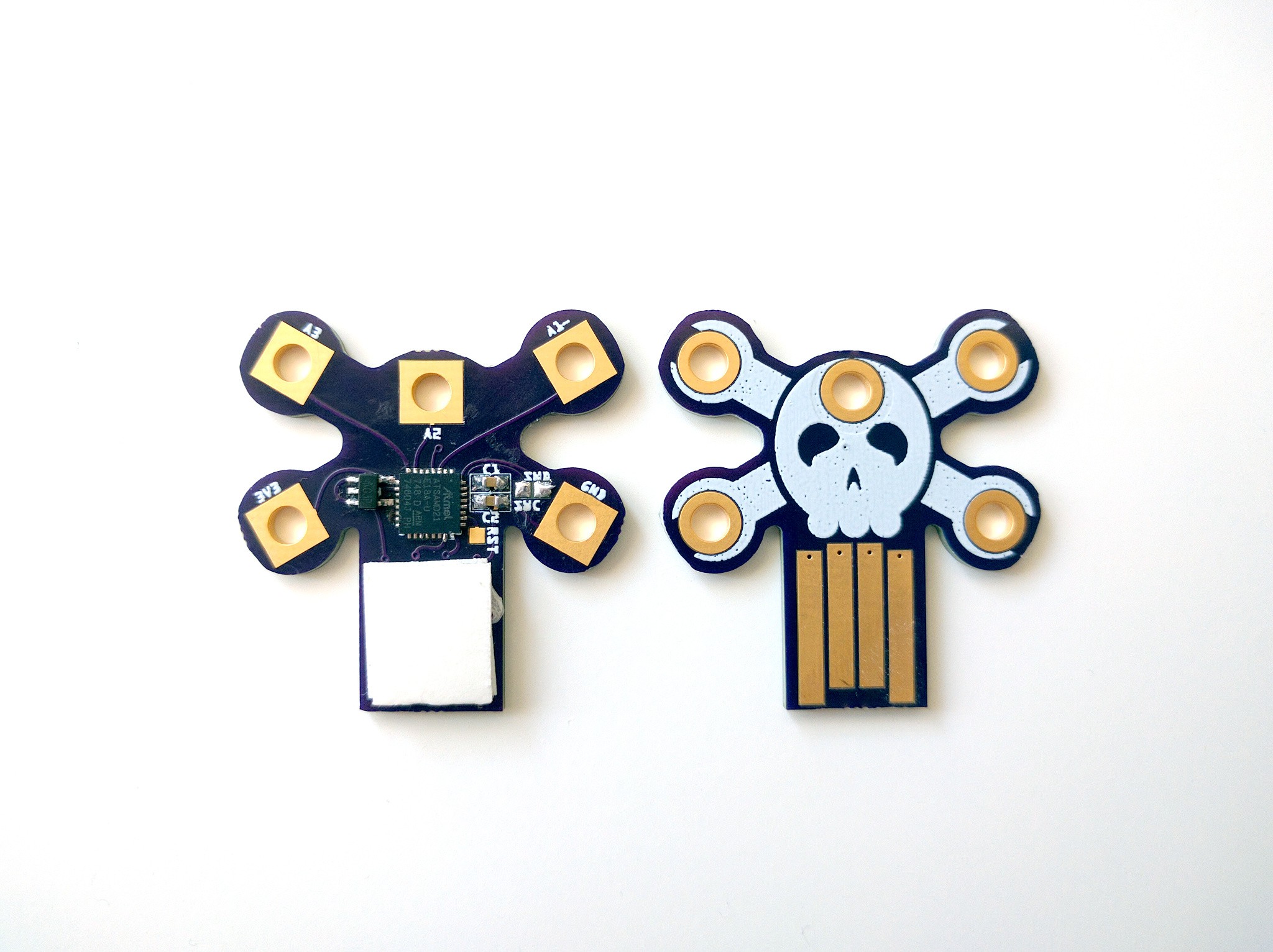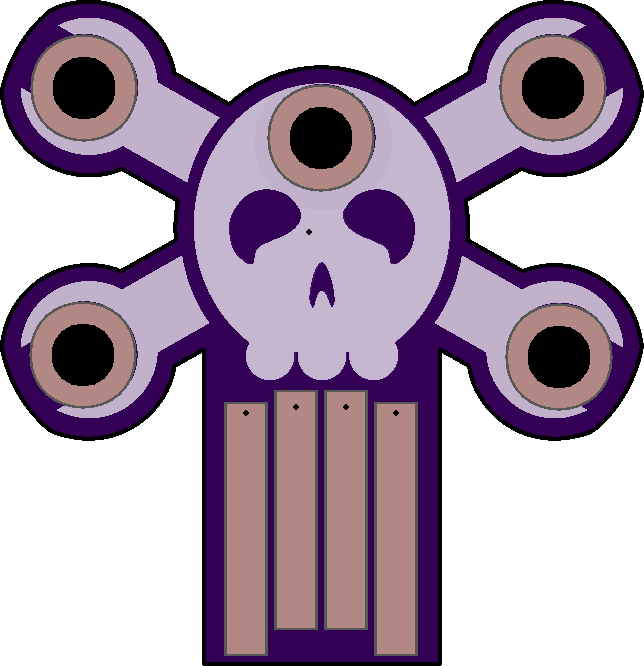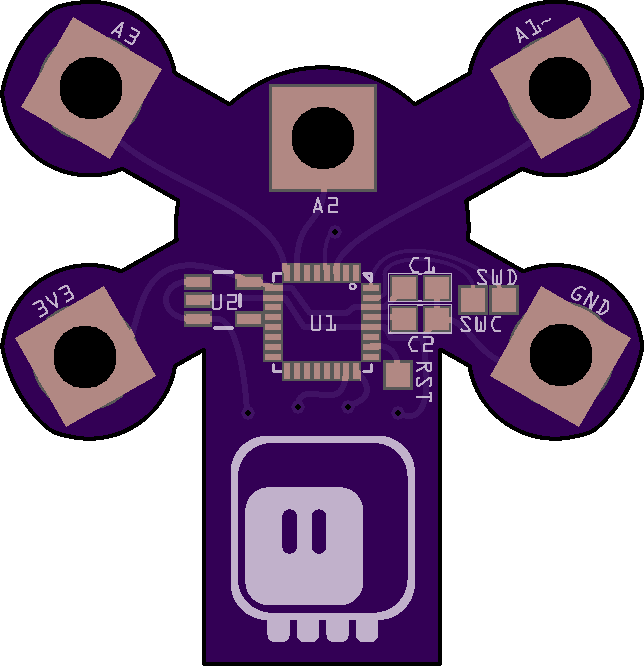-
Jolly Wrencher Done
08/12/2018 at 19:26 • 0 commentsThe PCBs arrived from @oshpark (thank you again for all the help!) and the Jolly Wrencher USB key is assembled:
![]()
As the previous board, it just runs CircuitPython, with some tiny USB mass storage for the scripts, and a serial console with the Python REPL. I imagine it could be useful for testing various sensors and displays and such — the pins I have broken out support I2C and SPI, they also all have ADC and one even has a DAC. One pin is also internally connected to the copper pour, to detect touches. But there are 20 unused GPIO pins there, and I wonder if I should add some blinky LEDs or something in there... but then the board would look much busier. I'm torn between simplicity and optimization.
-
Jolly Wrencher Redoux
08/02/2018 at 12:14 • 3 commentsI didn't particularly like how the Jolly Wrencher from the previous log came out, so I played with it a little bit more and shrunk it somewhat.
![]()
I removed the two pads from the eyes, because they made it look scared. I also rearranged them so that you have at least one i2c/spi peripheral on the pads.
![]()
And of course the OSHPark link: https://oshpark.com/shared_projects/pNBTHZMx
-
Hackaday Logo
08/02/2018 at 03:34 • 8 commentsA version that looks closer to the Jolly Wrencher (but not identical). Instead of pads on the back it has holes for alligator clips/banana plugs/sewing.
OSHPark board here: https://oshpark.com/shared_projects/TnMcb1Nm
![]()
-
Why?
07/17/2018 at 16:16 • 1 commentEvery time I looked at a development board that had USB A plug integrated into its PCB, I saw the teeth of a skull. So one night when I couldn't sleep, I fired up Inkscape, drew a rectangle and three ellipses, and made this.
Once I had it imported into Fritzing, I had to decide what components to put on it. I could simply make it an USB light, with two LEDs in the eyes. Or I could make it play a melody, like the #Nyan Board. In the end, I decided to just put a SAMD21 chip on it, and make it equivalent to an Adafruit Gema M0.
You can get the boards at @oshpark if you want to make your own. It only has four components, but one of them is a QFN package, so a hot air gun is recommended.
Once the PCBs arrive, I will make a board definition for CircuitPython for it.
 deʃhipu
deʃhipu


